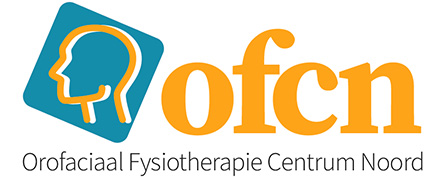Facial palsy
There are several causes for the development of a facial palsy. The most common cause is Bell’s disease or Bells’s Palsy. This is caused by an increase in fluid due to an infection in the narrow bony canal (the petrous bone). The nerve is pinched and can therefore no longer control the mimicry muscles properly. As soon as the function start to return, it makes sense to visit a specialized orofacial physiotherapist, who will help you to get the muscles to function as good as possible. This form of therapy is called mime therapy. With these treatments you receive targeted and dosed exercises, so that the body develops no or as few compensation strategies as possible. Relaxation is also very important. Good guidance and the right information about the condition is important for the best possible recovery.
What can you expect?
During our intake we do an extensive interview so we get an overview of all the complaints. After this we do an physical examination. In this examination we look at how the facial expression muscles move and what may have an influence on the complaints. From here we will do a treatment propose. As a treatment you can think of advice about posture or certain (unconsciously) present habits. Exercises and techniques to relax or strengthen the muscles and to optimize or improve the movement possibilities of the face.




